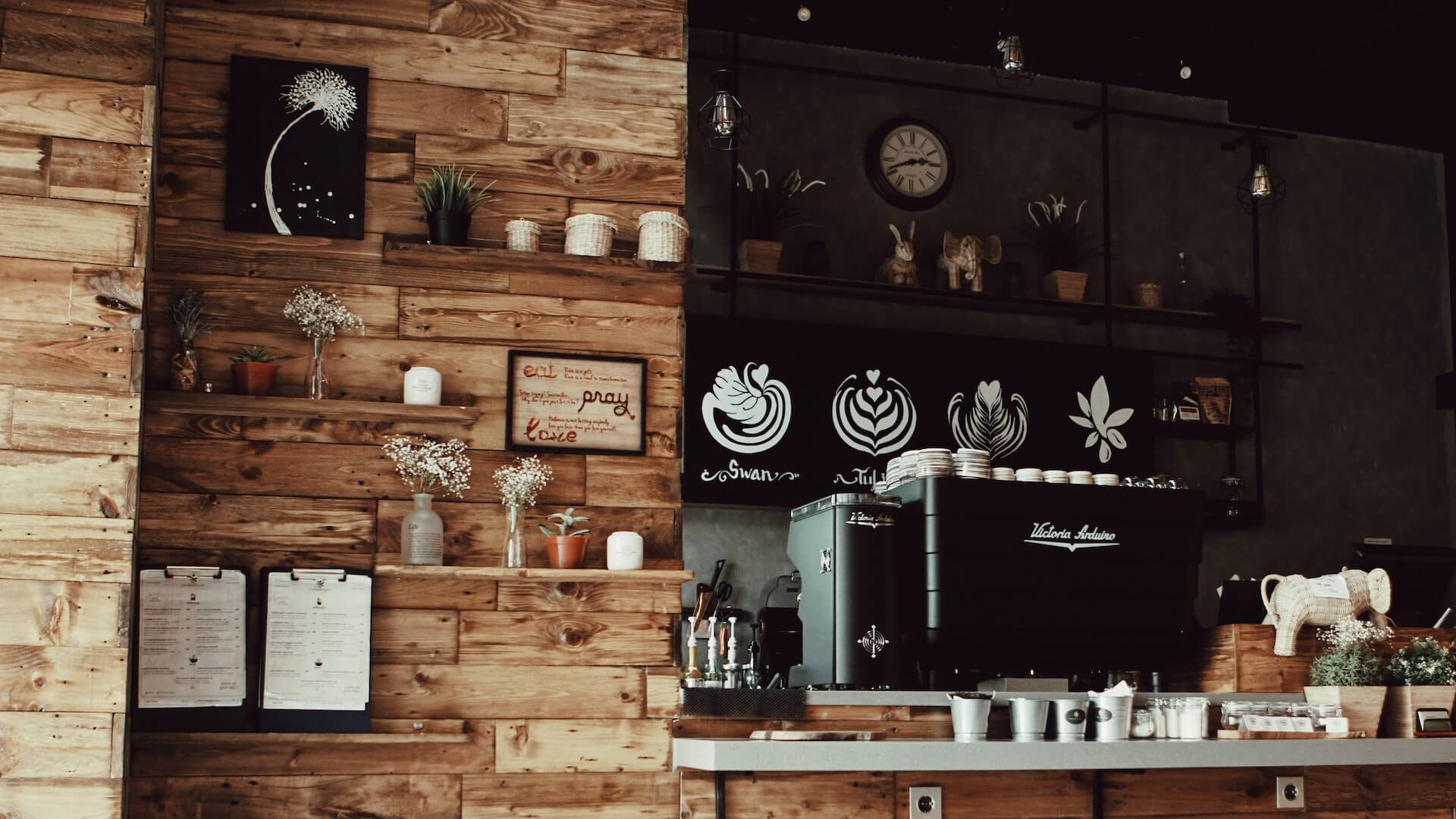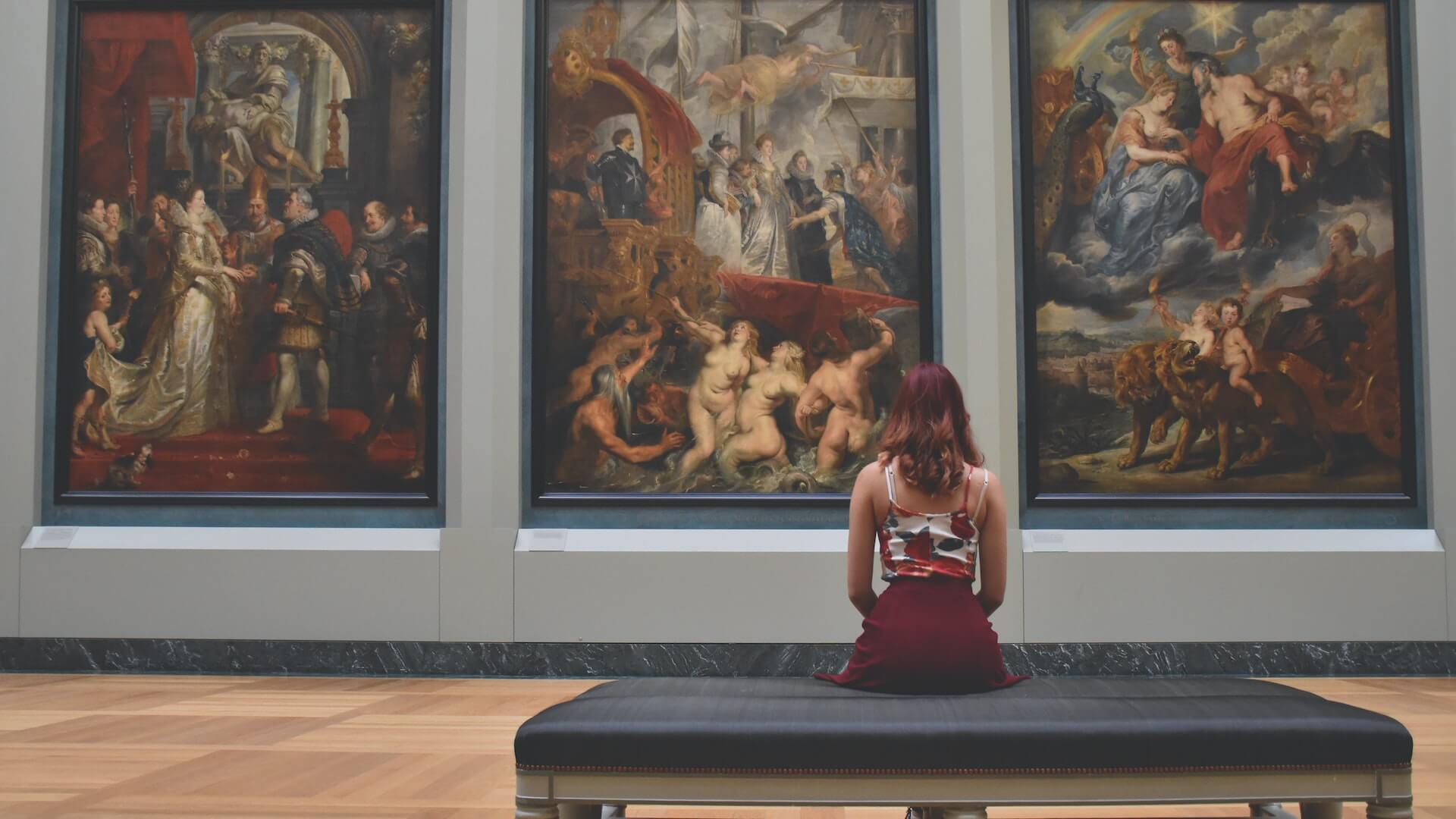Interior photography is a challenging but rewarding genre of photography. Capturing the essence of a space requires a careful balance of technical skill and an eye for design. Photographing interiors can be tricky, as lighting and composition are critical elements that can make or break a shot. However, with the right tools and techniques, you can create stunning imagery that showcases the beauty and uniqueness of any interior space. In this post, we will explore the art of interior photography, from understanding the importance of lighting and composition to choosing the right equipment and editing software. Whether you’re a professional photographer or an amateur enthusiast, this guide will help you master the art of interior photography and create stunning images that capture the essence of any space.
The importance of interior photography in capturing the essence of a space
Interior photography plays a crucial role in capturing the essence of a space. Whether it’s a cozy living room, an elegant dining area, or a stunning hotel lobby, the right photography can transport viewers into the heart of the space and evoke emotions that words alone cannot convey.
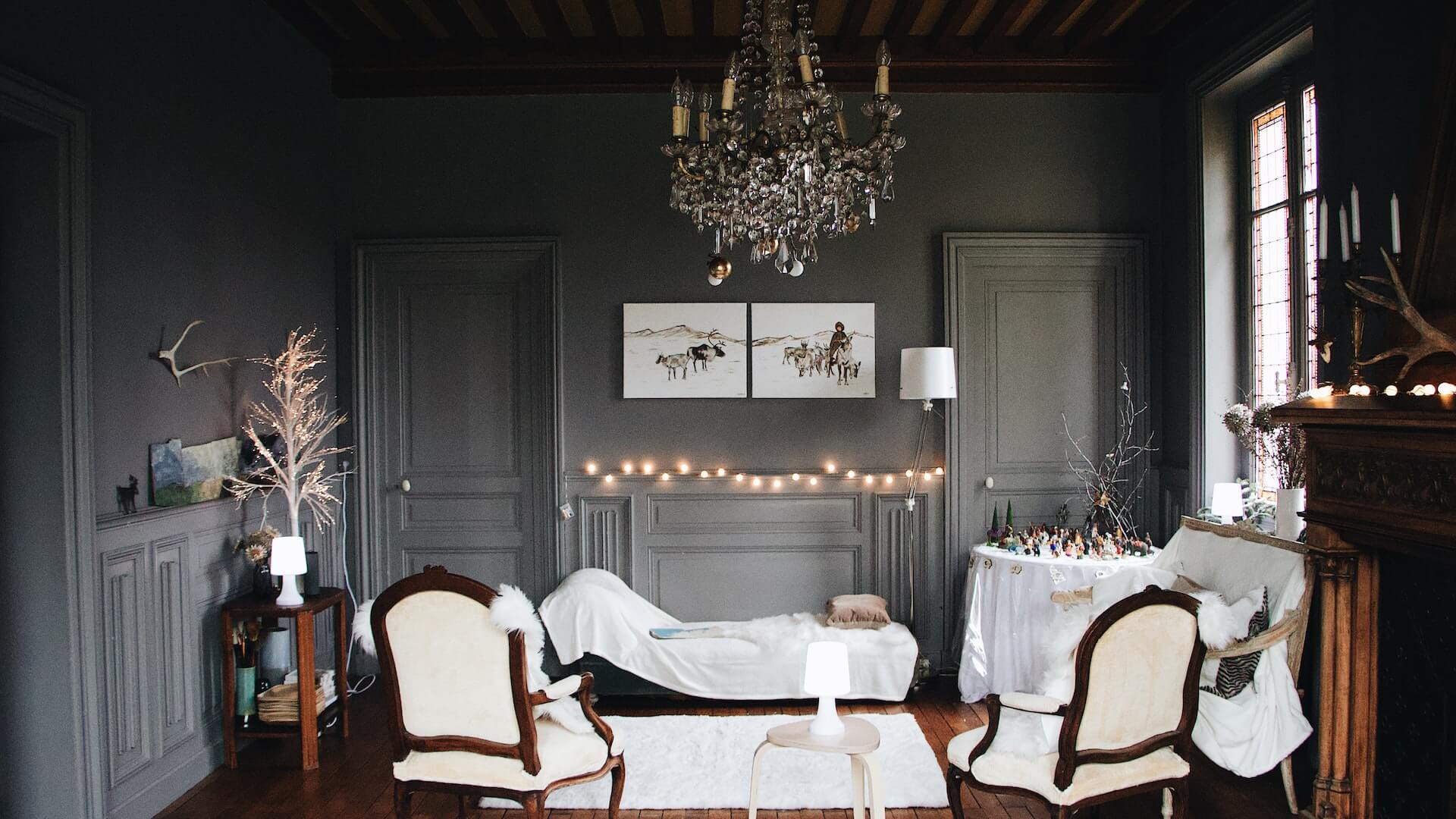
When it comes to showcasing interior design, the visual impact is paramount. Potential clients, whether they are homeowners, architects, or designers, rely heavily on stunning interior photographs to make decisions. These images not only highlight the skillful craftsmanship and attention to detail but also help create a lasting impression.
The importance of interior photography lies in its ability to showcase the unique features and ambiance of a space. From the play of light and shadow to the carefully curated furniture and decor, every element contributes to the overall aesthetic. A skilled interior photographer understands how to capture these details, utilizing composition, lighting, and perspective to convey the desired mood.
Moreover, interior photography allows viewers to envision themselves in the space. It helps them imagine how they would live, work, or relax in that particular setting. By capturing the essence of a space, interior photography creates a connection between the viewer and the environment, ultimately influencing their perception and decision-making process.
In the world of real estate, interior photography has become a powerful marketing tool. High-quality images can increase the perceived value of a property, attracting potential buyers and renters. Whether it’s for online listings, brochures, or advertisements, compelling interior photographs can make a significant difference in generating interest and driving sales.
Essential equipment for interior photography
While you don’t need to invest in the most expensive gear right away, having a few key items can significantly enhance the quality of your photographs.
First and foremost, a sturdy tripod is a must-have for interior photography. This will enable you to capture sharp, well-composed images without the risk of camera shake. Look for a tripod that is adjustable and lightweight, making it easy to maneuver in tight spaces.
Next, a wide-angle lens is crucial for capturing the entire room in a single frame. This type of lens allows you to showcase the spaciousness and design elements of the interiors effectively. Aim for a lens with a focal length between 16mm and 24mm for optimal results.
In addition to a wide-angle lens, a prime lens with a larger aperture can be a valuable asset for interior photography. This type of lens allows for better control over depth of field and can produce stunning shots with a shallow focus. Consider a lens with a focal length of around 35mm or 50mm, depending on your preferences and shooting style.
To ensure proper lighting in interior spaces, investing in external flashes or continuous lighting is essential. These tools will help you eliminate harsh shadows and create a balanced, well-lit environment. Experiment with different lighting setups to find the one that best highlights the architectural elements and ambiance of the space.
Lastly, don’t forget about the importance of a remote shutter release. This handy accessory eliminates the need to physically press the camera’s shutter button, minimizing the risk of camera shake and ensuring sharp, blur-free images.
Understanding the principles of composition in interior photography
Composition refers to the arrangement and placement of elements within the frame of the photograph. It is the foundation on which a visually appealing image is built.
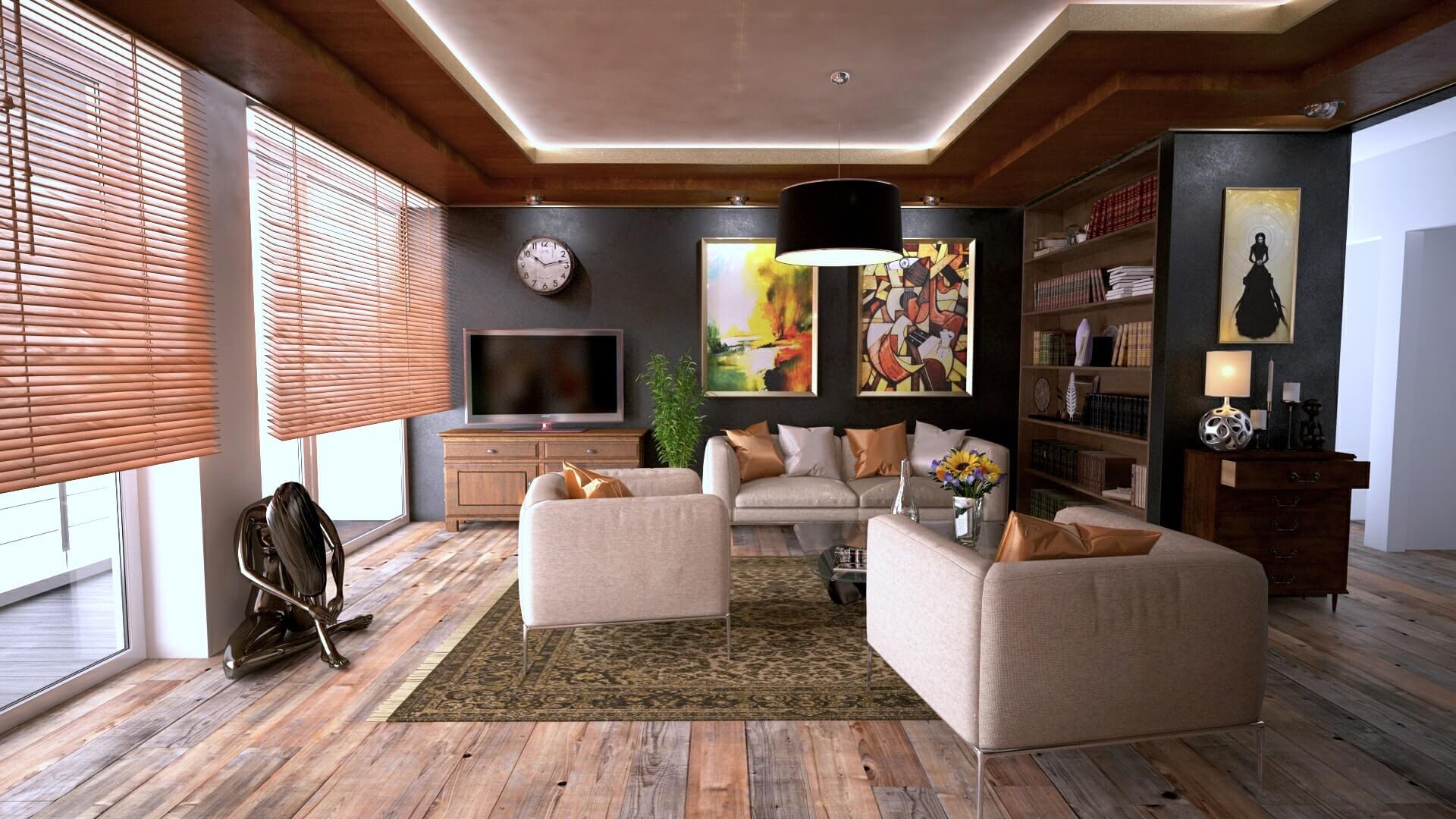
One key principle to consider is the rule of thirds. Imagine dividing the frame into a grid of nine equal parts by drawing two vertical and two horizontal lines. The rule of thirds suggests placing key elements of the interior along these lines or at the intersections. This creates a visually balanced and pleasing composition, as opposed to placing the subject right in the center, which can often feel static.
Another principle to keep in mind is leading lines. These are lines within the interior that can guide the viewer’s eye and create a sense of depth and dimension in the photograph. Examples of leading lines in an interior could be the lines of a staircase, the edges of furniture, or even the architectural lines of a room. Utilizing these lines strategically can add visual interest and draw the viewer into the image.
Additionally, consider the concept of framing within the composition. Look for natural frames within the interior, such as doorways, windows, or archways, to create a sense of depth and context. Framing can also add layers to the photograph, making it more visually engaging.
Lastly, pay attention to the balance of light and shadows in the composition. Proper lighting is essential in interior photography, and understanding how to balance natural light with artificial lighting can make a significant difference in the final result. Play with different angles and experiment with the interplay of light and shadows to enhance the mood and atmosphere of the space.
Mastering lighting techniques for interior photography
Proper lighting is crucial in showcasing the unique features, textures, and ambiance of a room.
First and foremost, natural light is your best friend. Take advantage of windows and skylights to flood the space with soft, diffused daylight. Position yourself strategically to capture the room in its best light, taking note of the direction and intensity of the sunlight throughout the day.
However, relying solely on natural light may not always be feasible or ideal. That’s when artificial lighting techniques come into play. Experiment with different lighting setups to create the desired mood and highlight specific areas of the room. Consider using a combination of ambient, task, and accent lights to add depth and dimension to your photographs.
To avoid harsh shadows and uneven lighting, diffusion is key. Softboxes, umbrellas, or even a simple white sheet can be used to soften the light source and create a more pleasing overall look. Diffusing light helps to evenly illuminate the space, preventing any distracting hotspots or dark areas.
Another important aspect to consider is color temperature. Understanding how different light sources affect the overall color cast of your images is crucial. Adjusting the white balance settings on your camera or editing software can help achieve accurate color representation.
Don’t be afraid to experiment and play with different lighting techniques. Use reflectors or bounce cards to redirect and manipulate light, adding warmth or coolness as desired. Experiment with long exposures to capture the ambient glow of lighting fixtures or create a dreamy, ethereal effect.
Tips for staging and styling a space for captivating interior photographs
When it comes to interior photography, staging and styling a space is crucial in capturing the essence and creating captivating photographs. Whether you are a professional photographer or an amateur looking to improve your skills, these tips will help you achieve stunning results.

Firstly, declutter the space. Remove any unnecessary items that may distract from the overall look and feel of the room. This will create a clean and polished aesthetic, allowing the key features and design elements to shine through.
Next, consider the composition of the shot. Pay attention to the angles and lines within the room. Experiment with different perspectives to find the most visually appealing composition. Additionally, using a wide-angle lens can help capture more of the space and create a sense of depth.
Lighting is another crucial aspect of interior photography. Natural light can work wonders in bringing out the true colors and textures of the room. If possible, shoot during the day when there is ample daylight streaming through the windows. However, be mindful of harsh shadows and use diffusers or reflectors to soften the light if needed.
When it comes to styling the space, think about the purpose and mood you want to convey. For example, if you are photographing a cozy living room, arrange the furniture in a way that promotes a welcoming and comfortable atmosphere. Add decorative elements such as cushions, throws, and accessories that complement the overall theme.
Pay attention to the small details. Ensure that everything in the frame is well-aligned and visually pleasing. Straighten any crooked objects or artwork on the walls. Place fresh flowers or plants strategically to add a touch of life and freshness to the space.
Lastly, don’t be afraid to experiment and take multiple shots from different angles. Move around the room and capture different perspectives to find the most captivating shots. Remember that practice makes perfect, so keep honing your skills and refining your techniques to master the art of interior photography.
The art of capturing details and textures in interior photography
Interior photography is not just about capturing the overall look and feel of a space, but also about capturing the intricate details and textures that make it unique and inviting. These details can range from the intricate patterns on a rug, the texture of a velvet sofa, or the intricate carvings on a wooden table.
To truly master the art of capturing details and textures in interior photography, there are a few key techniques to keep in mind. Firstly, it’s essential to pay attention to lighting. Shadows and highlights can greatly enhance the texture and depth of a photograph. Experiment with different lighting setups, such as natural light streaming through a window or artificial lighting to create a desired mood.
Next, composition plays a crucial role in showcasing details and textures. Consider the placement of objects within the frame to create interesting visual lines or patterns. Utilize leading lines, such as a staircase or a row of books on a shelf, to guide the viewer’s eye towards the desired details.
Another important aspect is the choice of lenses. Wide-angle lenses are commonly used in interior photography to capture the entire room. However, for capturing details and textures, a macro lens can be a game-changer. It allows for extreme close-ups, revealing the intricate details that might otherwise go unnoticed.
Lastly, post-processing techniques can further enhance the details and textures in an interior photograph. Adjustments in contrast, sharpness, and clarity can bring out the finer elements and make them stand out.
Editing and post-processing techniques for enhancing interior photographs
Once you have captured stunning interior photographs, the next step to truly elevate them is through editing and post-processing techniques. This is where you can enhance the essence of the space and make it even more visually appealing.
Firstly, it’s crucial to start with a raw file format as it provides the most flexibility for editing. This allows you to adjust exposure, white balance, and make other necessary adjustments without compromising the image quality.
To begin, focus on correcting any potential imperfections in the photo. This includes straightening any crooked lines, removing distracting elements, and ensuring the image is properly aligned. Pay attention to details such as removing dust, adjusting the perspective, and enhancing the overall composition.
Next, consider adjusting the exposure and contrast to bring out the desired mood of the space. This may involve brightening certain areas while maintaining the overall balance. Experiment with highlights and shadows to create depth and dimension within the interior.
Color correction is another crucial step in interior photography editing. Ensure that the colors accurately represent the space by adjusting temperature, saturation, and vibrancy. This will help to create a more cohesive and visually pleasing image.
Furthermore, consider applying selective edits to specific areas of the photograph. This can be done by using adjustment brushes or layer masks to enhance certain elements of the space. For example, brightening up darker corners, emphasizing textures or details, or even adding a subtle vignette to draw attention to the focal point.
Lastly, pay attention to the overall tone and mood of the photograph. This can be achieved through various editing techniques such as applying filters, adjusting the clarity and sharpness, or even adding a touch of grain to create a more artistic feel.
How to showcase the unique features and character of a space through photography
Whether you’re photographing a cozy living room, a luxurious hotel suite, or a charming café, showcasing the essence of the space will make your photographs stand out and leave a lasting impression on viewers.
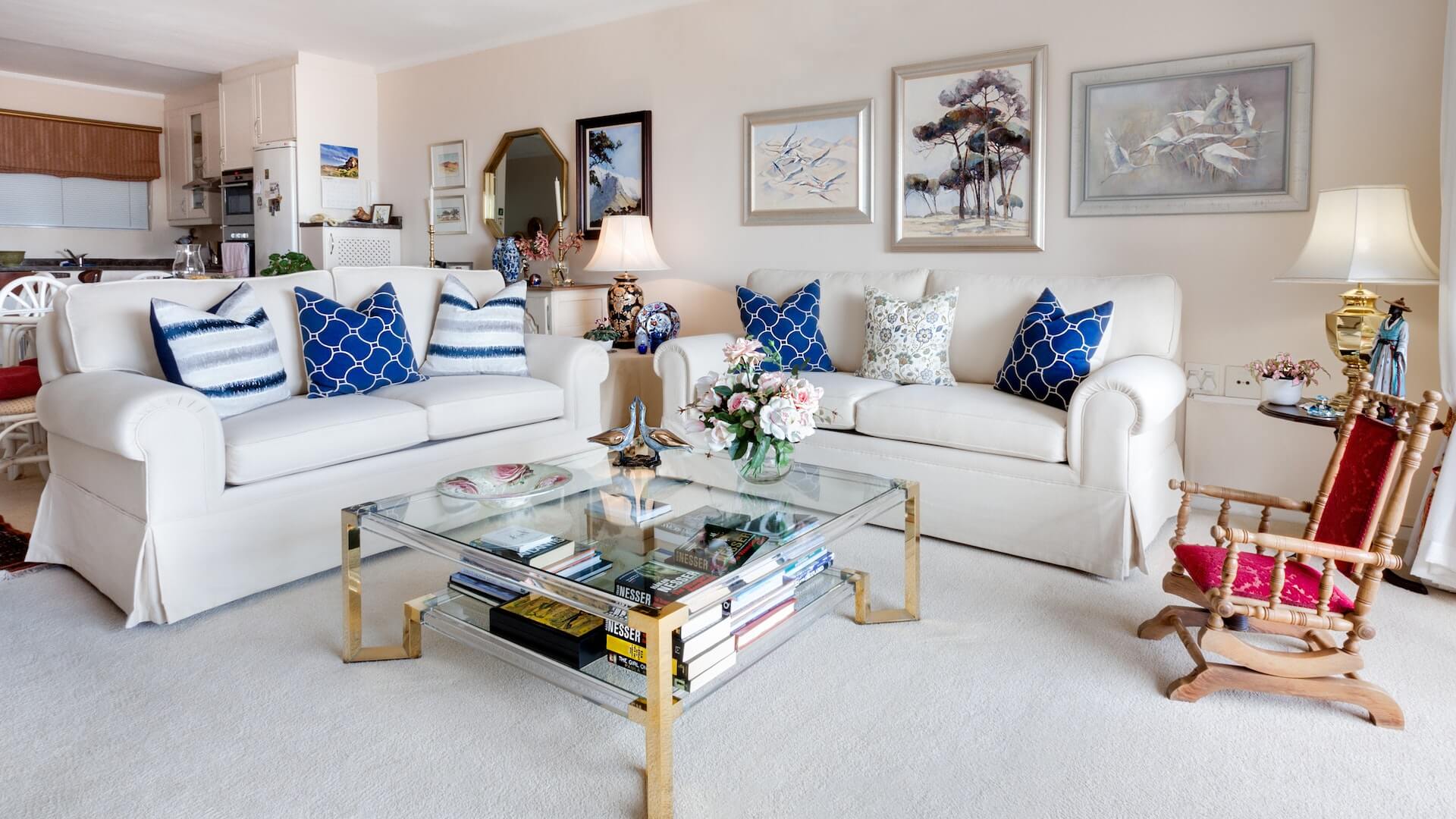
One of the first steps in capturing the essence of a space is to carefully observe and analyze its key elements. Take note of the architectural details, the play of light and shadows, and the overall ambiance. These elements contribute to the character and atmosphere of the space and should be highlighted in your photographs.
Consider the composition of your shots. Experiment with different angles and perspectives to find the most flattering and engaging way to capture the space. Sometimes shooting from a lower angle can emphasize the height and grandeur of a room, while shooting from above can provide a unique and interesting viewpoint.
Lighting plays a crucial role in interior photography. Take advantage of natural light whenever possible, as it can bring warmth and depth to your images. Position yourself strategically to make the best use of available light, and consider using additional lighting equipment such as diffusers or reflectors to control and enhance the lighting conditions.
Pay attention to the details that make the space unique. Whether it’s an intricately designed staircase, a beautifully crafted piece of furniture, or a captivating artwork, these details add character and personality to the space. Zoom in and capture these elements in close-up shots to highlight their beauty and craftsmanship.
Lastly, post-processing can greatly enhance the overall look and feel of your interior photographs. Use editing software to adjust the exposure, contrast, and colors to bring out the best in your images. Be careful not to overdo it, though, as maintaining a natural and authentic representation of the space is key.
Overcoming challenges and common mistakes in interior photography
Interior photography can be a challenging art form to master, but with the right approach, you can capture the essence of a space and create stunning images. However, it’s important to be aware of the common challenges and mistakes that photographers often encounter in this genre.
One of the biggest challenges in interior photography is dealing with lighting. Natural light, artificial light, and mixed lighting sources can all present their own set of difficulties. It’s crucial to understand how different types of lighting interact with the space and how to manipulate them to achieve the desired effect. This may involve using reflectors, diffusers, or even adding supplemental lighting to balance the exposure and highlight the key features of the room.
Composition is another aspect that photographers need to pay close attention to. In interior photography, it’s crucial to showcase the space in its best light while maintaining a sense of balance and harmony. Avoiding cluttered or distracting elements, carefully framing the shot, and considering the angles that showcase the room’s unique features can make a significant difference in the final result.
One common mistake in interior photography is neglecting to style and stage the space properly. A well-arranged space with thoughtfully placed accessories, clean lines, and tidy surfaces can elevate the overall aesthetic and create a more inviting atmosphere. Taking the time to declutter, rearrange furniture, and add decorative elements that enhance the room’s character can greatly enhance the visual impact of the photograph.
Lastly, post-processing plays a vital role in interior photography. While it’s important to capture the best possible image in-camera, refining the image through editing software can help to enhance colors, correct any lens distortions, and bring out the details and textures of the space. However, it’s crucial to strike a balance and avoid over-processing the image, as this can lead to an unnatural and unappealing result.
Conclusion
Capturing the essence of a space through photography can be a challenging but incredibly rewarding endeavor. By following the tips and techniques outlined in this article, we believe you will be well on your way to capturing stunning interior photographs that truly showcase the beauty and personality of a space. Remember to experiment, practice, and let your creativity shine through. Happy shooting!

